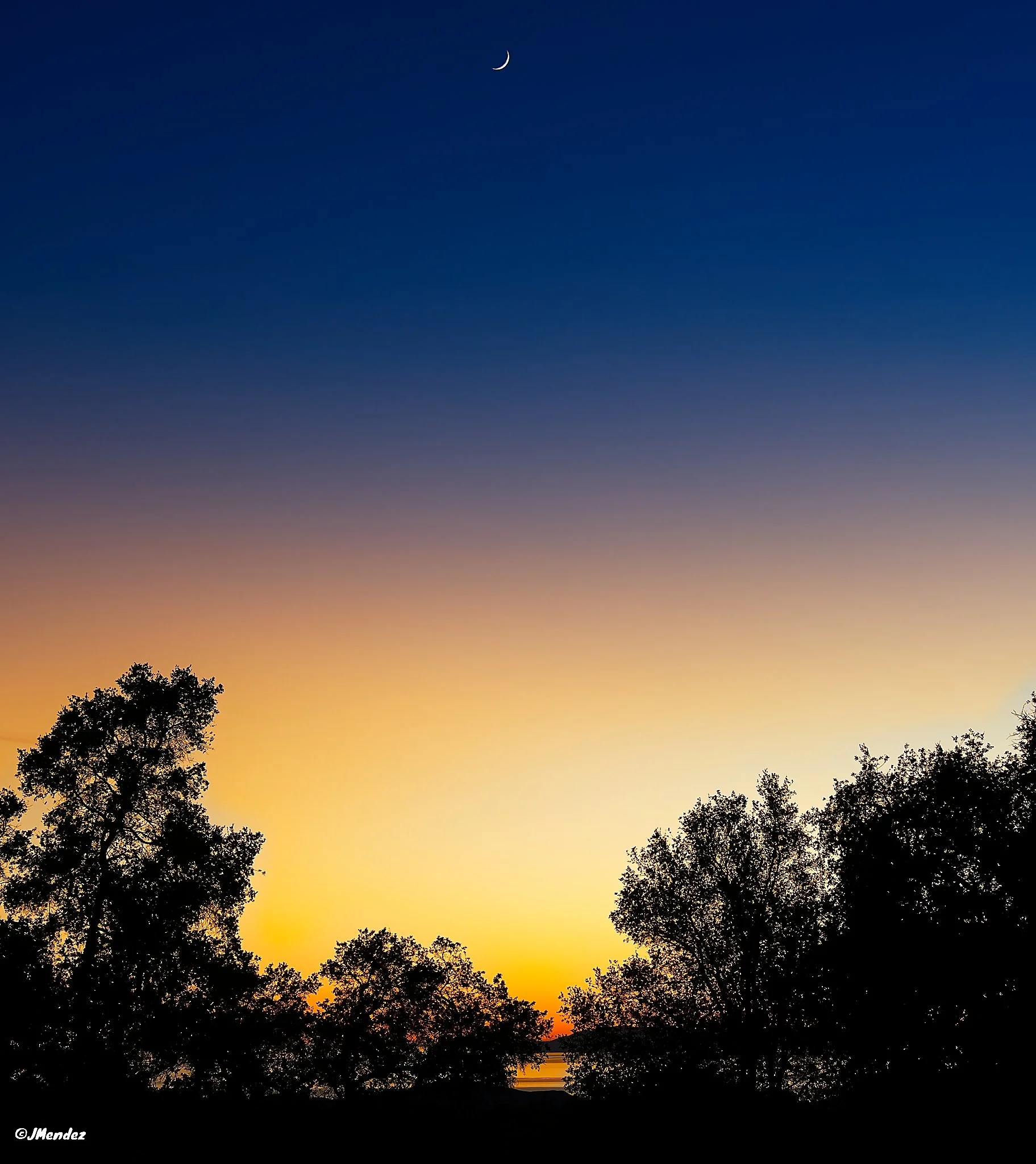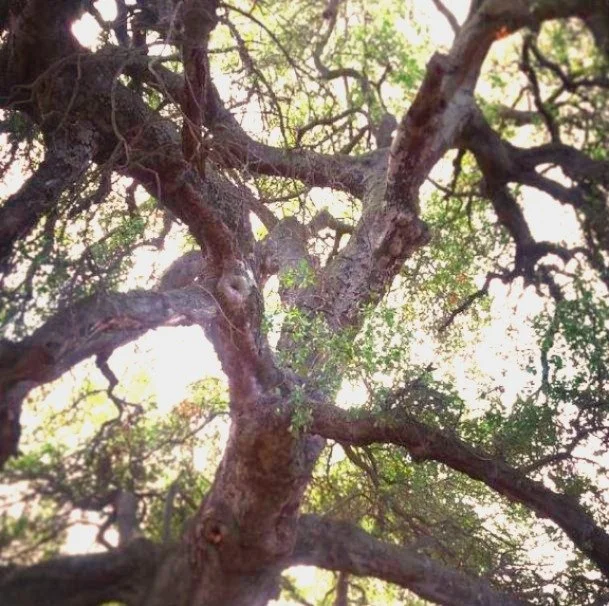"I enjoyed the feeling of just getting muddy..."
Meher Mount
Your Friday photo is honor of the anniversary of the planting of Baba’s Tree Grove after the 2017 Thomas Fire burned Baba’s Tree to the core…
Former caretaker Ellen Kwiatkowski and former board member Jim Whedon are planting a seedling germinated from an acorn of Baba’s Tree. Imagine from photographer and volunteer Juan Mendez.
Volunteers gathered six years ago in December 2019 to plant the seedlings from Baba’s Tree to help create Baba’s Tree Grove at Meher Mount.
“I enjoyed the feeling of just getting muddy and wet, knowing that here’s how the new life starts.”
The following conversation is from Tree of Fire: A Story of Love and Resilience, a heartwarming documentary film about Baba’s Tree at Meher Mount.
After the fire, guest caretakers Kristina Somma and Robert Turnage collected and nurtured acorns from Baba’s Tree to become the seedlings that were planted as part of Baba’s Tree Grove.
Kristina Somma: The day that we planted that the seedlings, I had a very profound feeling about the process. I had been reading a lot of information about the network of the mycorrhizae of the trees — how all of the oak trees on that property had been sending energy and nutrients to Baba's Tree since the 2017 Thomas Fire in order to sustain it and keep it alive.
And so it really struck me that underneath my feet there was this huge network of communication and nurturing going on amongst all of those trees.
And so, we were actually kind of participating in that beautiful network and supporting Baba's Tree by planting the seedlings and adding to that whole communication and nurturing network. And when we were planting the trees, I kept thinking that we were really participating in that beautiful, deep, mysterious, somewhat unseen network of life.
Robert Turnage: And my recollection was that above ground there was fog and a light rain going on. So when all the volunteers started planting the seedlings, your hands, every part of you was starting to get muddy.
But it was fun. I enjoyed the feeling of just getting muddy and wet, knowing that here's how the new life starts.
Awards for Tree of Fire: A Story of Love and Resilience
Tree of Fire, which chronicles the story of Baba's Tree before and after the Thomas Fire, just received two awards at the We Regret to Inform You Film Festival (December 5-7, 2025) in Round Rock, Texas.
Congratulations to Margaret Magnus and Ben Hoffman for Best Director of a Feature Documentary and to Ben Hoffman for Best Cinematography for a Feature Documentary.



















